Heritage Lanes at 80 Ann Street is a 35-storey, mixed-use commercial and retail development in the heart of Brisbane’s CBD. A celebration of old and new, Heritage Lanes embraces its history through the adaptive reuse of heritage buildings and materials, while being one of Australia’s most intelligent and sustainable buildings.

Constructed under a Mirvac Head Building Contract between Mirvac Office Developments Pty Ltd and Mirvac Constructions QLD Pty Ltd, Heritage Lanes was designed and built to create a new precinct that serves as a retail, cultural and work hub within the Brisbane CBD.
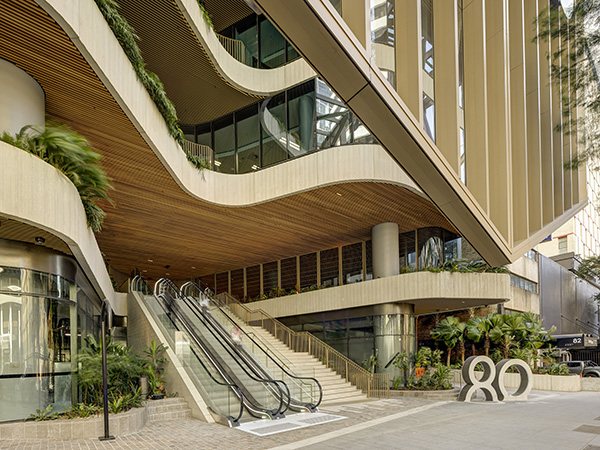
Heritage Lanes was developed in close collaboration with anchor tenant, Suncorp, which has made the top floors its new home.
As the developer and ongoing manager of its properties, Mirvac has gone the extra mile for its tenants right from project inception stage, ensuring tenant experience is prioritised in design.
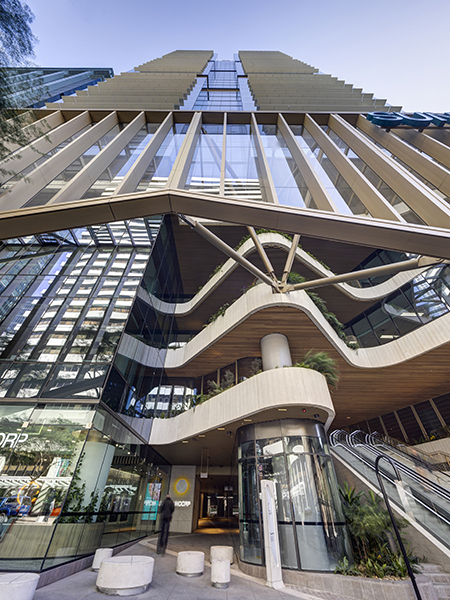
The former site of Brisbane’s Fruit and Produce Exchange, which stood until 1914, Heritage Lanes retains the original office building on Turbot Street as part of its new design, but has also transformed the concept of the traditional workplace.
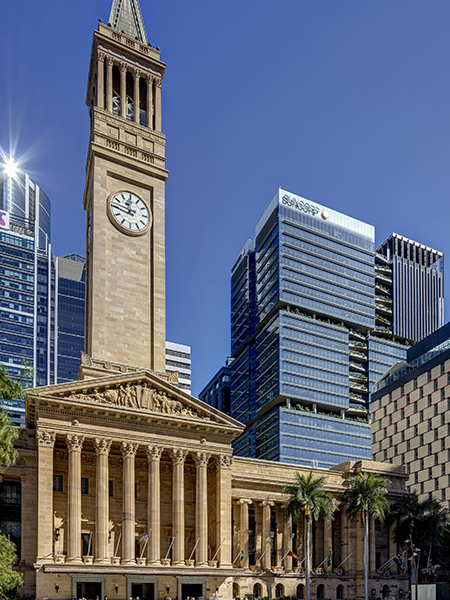
Offering 60,000 square metres of commercial office space, Heritage Lanes is the new home of Suncorp, KPMG Queensland and others.

The Heritage Lanes foyer has been elevated to Level One, in a nod to ‘Queenslander’ style homes, to encourage maximum air flow in a humid climate.
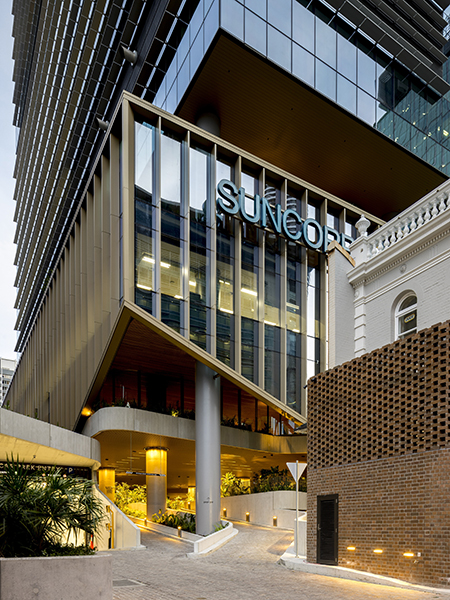
The lobby ceiling dazzles, made up of digital screens that displays designs generated based on wind conditions outside the building.
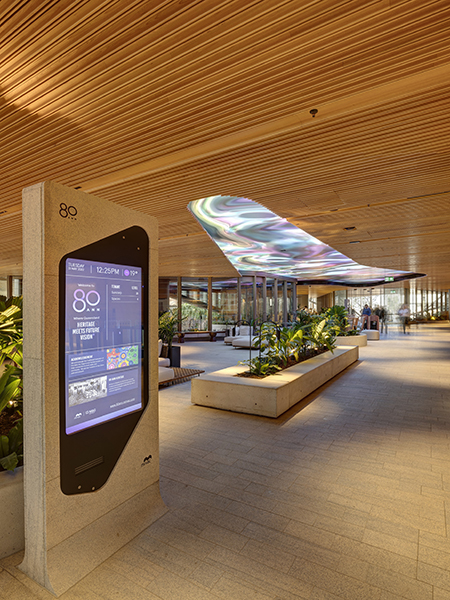
High above on Level 35, a similar digital artwork is located on the largest indoor screen within the southern hemisphere. Visible to the public across the city skyline, the digital screens display patterns based on cloud density and time of day. A soundscape of audio design also complements each instalment.

Heritage Market, on the ground plane, follows the energy of the original market sheds and provides a generous covered space complete with bush tucker garden and beehives.
With its ‘uniquely Queensland’ feel, Heritage Lanes’ sustainable building design connects effortlessly with nature, creating a new legacy for the local community to enjoy now and for years to come.
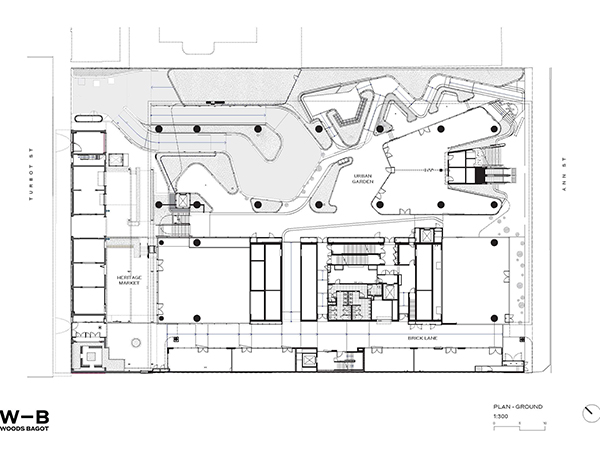
Heritage Lanes has been designed to meet some of the highest sustainability targets and has since exceeded original targets.
It is net zero carbon in its operations and the building is currently targeting a 5.5 NABERS energy rating, 4.5 Star NABERS Water rating, and a Platinum Core and Shell WELL rating.
Mirvac worked with the Green Building Council of Australia on the development of the future Green Star Buildings rating tool, and Heritage Lanes in on-track to be one of the first buildings in the country to achieve a 6-star rating under this tool.
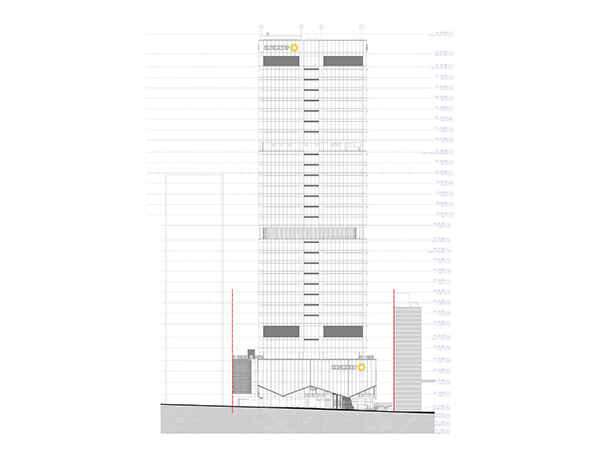
A 6-Star achievement showcases world leadership and is reserved for highly efficient buildings powered by renewables and addressing environmental and social issues while contributing to the community.
To achieve the 6-Star rating, buildings are also required to be water efficient, promote physical activity, be built with climate change in mind, manage environmental impact during construction and protect environmentally significant areas – all which Heritage Lanes has carefully developed to meet
All project green ratings that were met (or exceeded)
- Designed the meet some of the highest sustainability targets, Heritage Lanes is targeting a 5.5 Star NABERS energy rating, 4.5 Star NABERS Water rating, and a Platinum Core and Shell WELL rating.
- Mirvac also worked with the Green Building Council of Australia as it developed the Green Star Buildings rating tool. Heritage Lanes is now on track to be one of the first buildings in the country to achieve a 6-star rating under this tool.
- The 6-star rating can only be achieved by buildings that are powered by renewables, highly efficient, provide offsets to nature and that are built with low carbon materials.
- Heritage Lanes is net zero carbon in operations, utilising renewable energy including its own solar energy system, rainwater capture for plant irrigation and mixed-mode ventilation to make the most of natural breeze in Queensland’s warm climate.
- Constructed with 89 percent recycled steel content, and using low carbon concrete made with 70 per cent recycled water, the impact of materials used in Heritage Lanes has been carefully controlled.
- From January 2030, all new buildings will be required to meet net zero operations to ensure Australia meets targets outlined in the Paris Agreement and the UN Sustainable Development Goals, and Heritage Lanes is proud to serve as a case study for what is achievable when sustainability is championed by developers.

